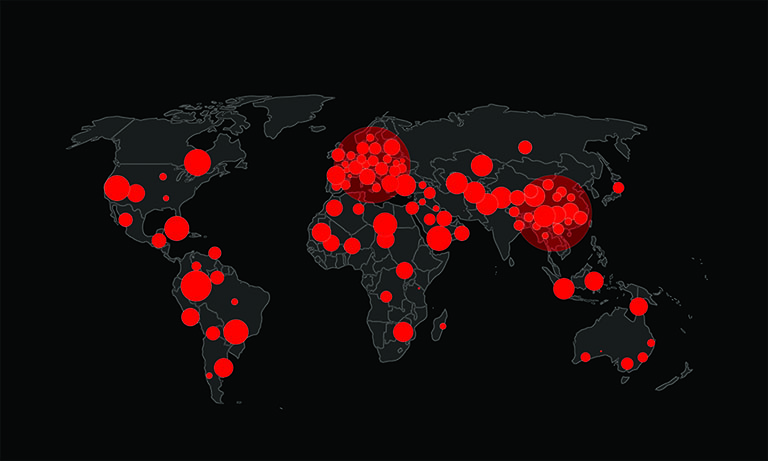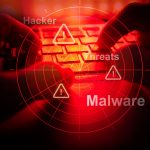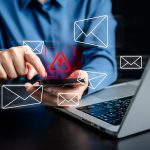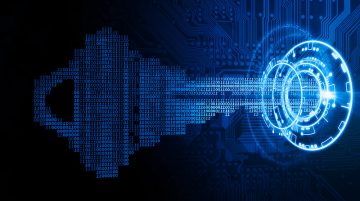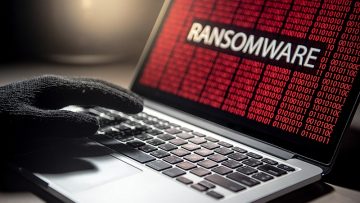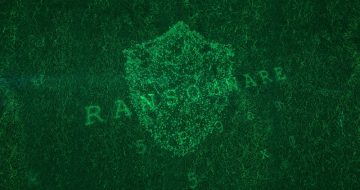NK Ransomware Infection Comes With Ominous Implications
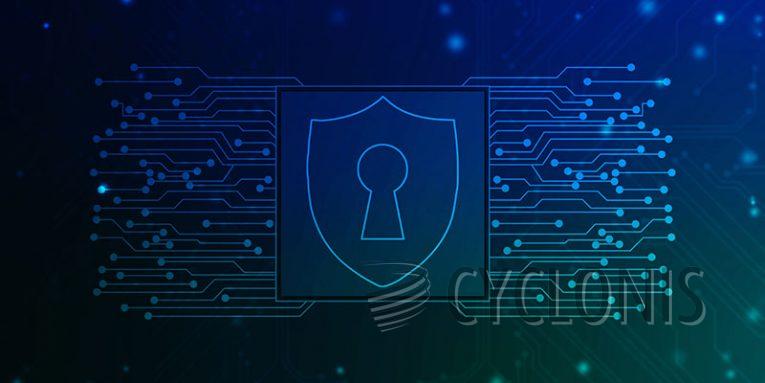
Ransomware attacks continue to evolve, and NK Ransomware is one of the threats that can wreak havoc on your digital life. It's crucial to understand how this ransomware operates, what it wants, and how you can protect yourself from such dangers. Here, we'll delve into the mechanics of NK Ransomware, discuss the ransom it demands, and explore why paying the ransom is never the solution.
Table of Contents
What Is NK Ransomware?
NK Ransomware is a file-encrypting threat that is based on the Chaos Ransomware family, a notorious type of ransomware known for causing serious disruptions. Once NK Ransomware infiltrates a system, it encrypts valuable files, making them inaccessible. It renames these files with a unique extension made up of four random characters. For example, a photo named "document.pdf" might be renamed "document.pdf.we2b" after encryption, rendering it unreadable without the decryption key.
But NK Ransomware doesn't stop there. After encrypting files, it takes over the victim's desktop, changing the wallpaper to reinforce its demands. Additionally, it leaves a text file titled "read_it.txt" on the system, which contains a ransom note.
The Ransom Note and Demands
The ransom note from NK Ransomware is direct: it informs the victim that their files are locked, and the only way to recover them is to purchase decryption software from the attackers. NK Ransomware demands a payment of 5 Litecoin (LTC), which is valued at approximately $360 at the time of writing, although cryptocurrency values are notoriously volatile. Victims are given just 24 hours to pay the ransom, heightening the pressure.
While $360 may not seem like a significant amount, paying the ransom is never advisable. Cybercriminals are under no obligation to provide the decryption tools even after receiving the payment. In many cases, victims who pay the ransom are left without their files, while the criminals continue to profit from their illicit activities. Furthermore, paying the ransom supports and encourages these criminal operations, perpetuating the cycle of attacks.
Here's what the ransom note says:
----> NK is the most advanced ransomware in existence. You will not get out unscathed <----
All of your files have been encrypted
Your computer was infected with a ransomware. Your files have been encrypted and you won't
be able to decrypt them without our help.What can you do to get your files back? Buy our special
decryption software! This software will allow you to recover all of your data and remove the
ransomware from your computer.The price for the software is 5 Litecoin. Payment can be made in Litecoin only. After paying and your payment reaching 6 confirmations, your data will be restored and the ransomware removed.
How do I pay? where do I get Litecoin?
You have 2 options :
use an exchanger : hxxps://discord.gg/plusswap
buy Litecoin directly : hxxps://youtu.be/jdhxLHO2-zo?feature=shared
Payment Amount: 5.0 LTC
Litecoin address: ltc1qjqysln5s8lpphyc0e7dnx0nphc52t9zypxzpak
Try anything funny and see what happens! 😉
You have 24 hours to pay before your pc is completely destroyed.
What Ransomware Programs Do
Ransomware programs like NK serve one primary purpose: to extort money by holding files hostage. They typically work by encrypting data using complex cryptographic algorithms, rendering files unreadable without a unique decryption key. In NK's case, the attackers are demanding cryptocurrency, a common tactic among ransomware operators, because it is harder to trace than traditional payment methods.
Ransomware infections usually begin with malicious downloads or phishing attacks. Victims may unknowingly download the ransomware by clicking on a deceptive link, opening a fraudulent email attachment, or using compromised third-party software. Once executed, the ransomware silently encrypts files in the background, only revealing itself after the damage has been done.
The Importance of Data Backups
Once ransomware has encrypted files, removing the program from your system will stop further damage but will not restore your data. This is why backups are essential. The best defense against ransomware like NK is to keep multiple backups of your data stored in different locations. External hard drives, cloud storage services, and other offline options should be regularly updated to ensure that your files are protected, even if your main system is compromised.
Having these backups in place can save you from the dilemma of whether to pay the ransom, as you'll have a safe, unaffected copy of your data. It's also important to note that recovering encrypted files from backups is often the only reliable way to get your data back, as ransomware decryption is usually impossible without the attacker's cooperation, which is never guaranteed.
How to Protect Yourself from NK Ransomware
The best way to avoid falling victim to NK Ransomware, or any ransomware for that matter, is through prevention. Ransomware often spreads through phishing attacks, malicious downloads, and software vulnerabilities. Here are a few key steps you can take to protect your system:
- Stay cautious with emails: Be wary of emails from unknown senders, especially those containing attachments or links. These could be phishing attempts designed to install ransomware on your device.
- Download software only from trusted sources: Ensure that any programs or files you download come from official websites or verified vendors. Avoid using third-party sites, which are often a breeding ground for malicious software.
- Update your software regularly: Security updates for operating systems and software often patch vulnerabilities that ransomware exploits. By keeping your system up to date, you reduce the risk of being attacked.
- Use strong security measures: Firewalls, anti-threat programs, and intrusion detection systems can help protect against ransomware infections. While these measures are not foolproof, they are essential components of a layered defense strategy.
Final Thoughts
NK Ransomware is a serious threat, but like most ransomware, it relies on exploiting user vulnerabilities. The key takeaway from any ransomware attack is that prevention is far more effective than trying to recover after the damage is done. By keeping backups, avoiding suspicious downloads, and being cautious with emails, you can significantly reduce your chances of falling victim to NK ransomware or similar threats.
Always remember that paying the ransom is not a solution. Supporting criminal activities by giving in to their demands only perpetuates the problem. Prevention, caution, and preparation are your best defenses against ransomware attacks.
